Despite significant Labour leads in current polls, past inaccuracies and methodological challenges raise doubts about their reliability for predicting election outcomes. Here’s the full story.
Labour’s 20-Point Lead
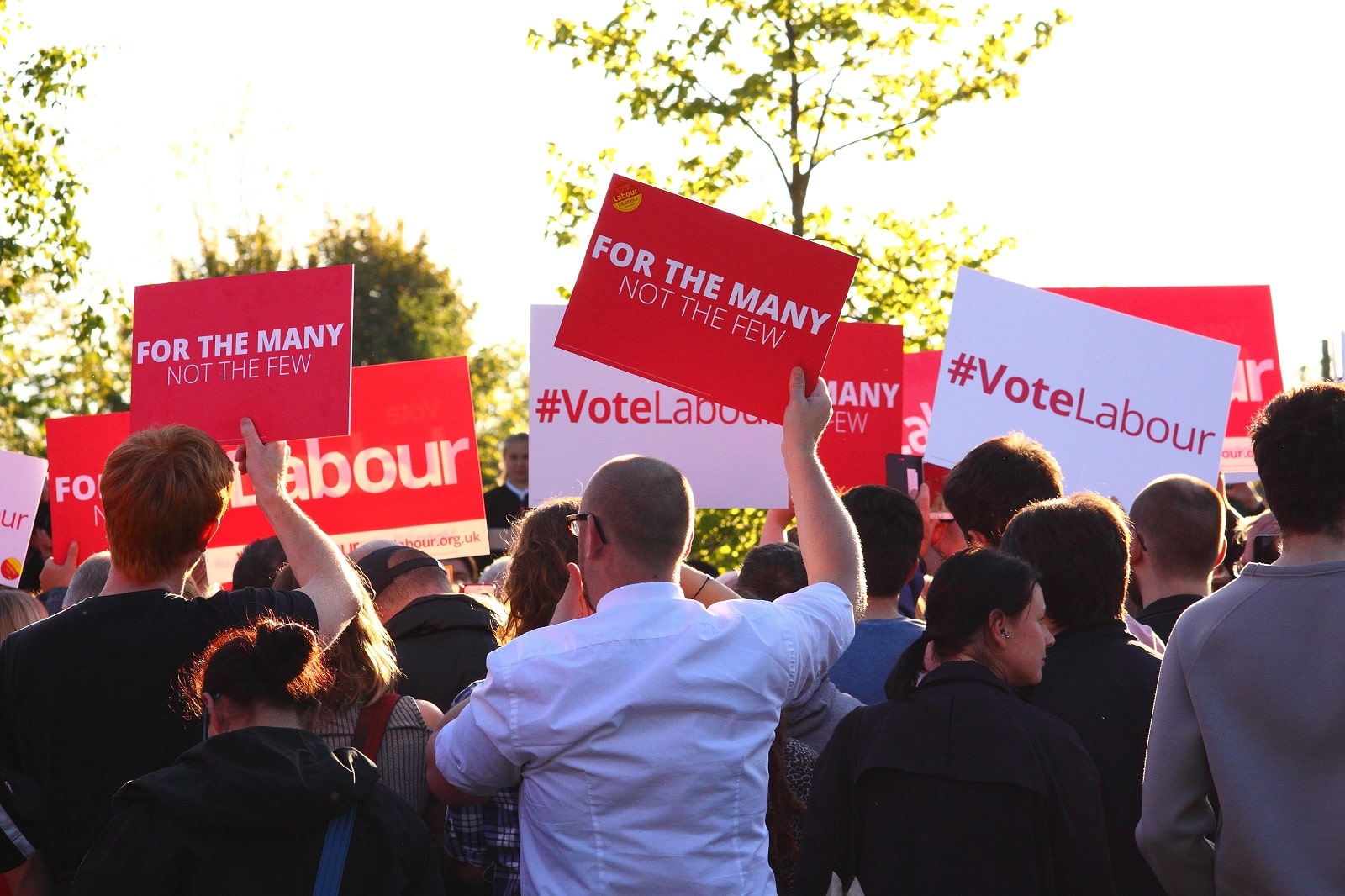
Labour should be feeling on top of the world. Consistent polling shows that they have a seemingly unassailable 20-point lead over the Conservative Party as the UK edges closer to the general election.
Growing Polling Concerns
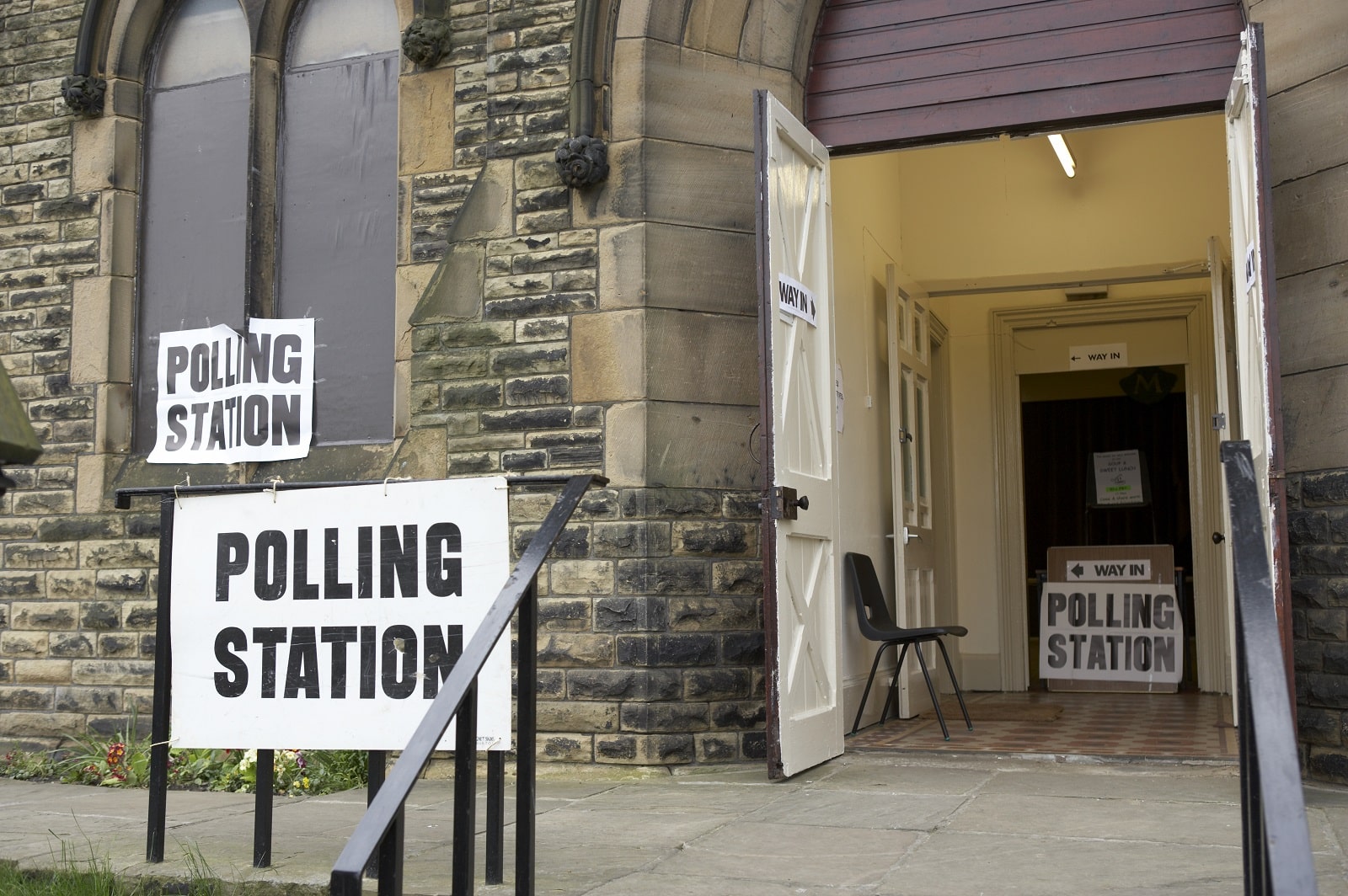
However, despite this promising outlook for Labour, there is growing concern within the party that the polls may not be entirely accurate.
Possible Lead Shift

Many pollsters have observed that, though Labour’s lead is undeniably apparent in polls, there is a chance that it could shift as the campaign drags on.
Cautious Labour Approach
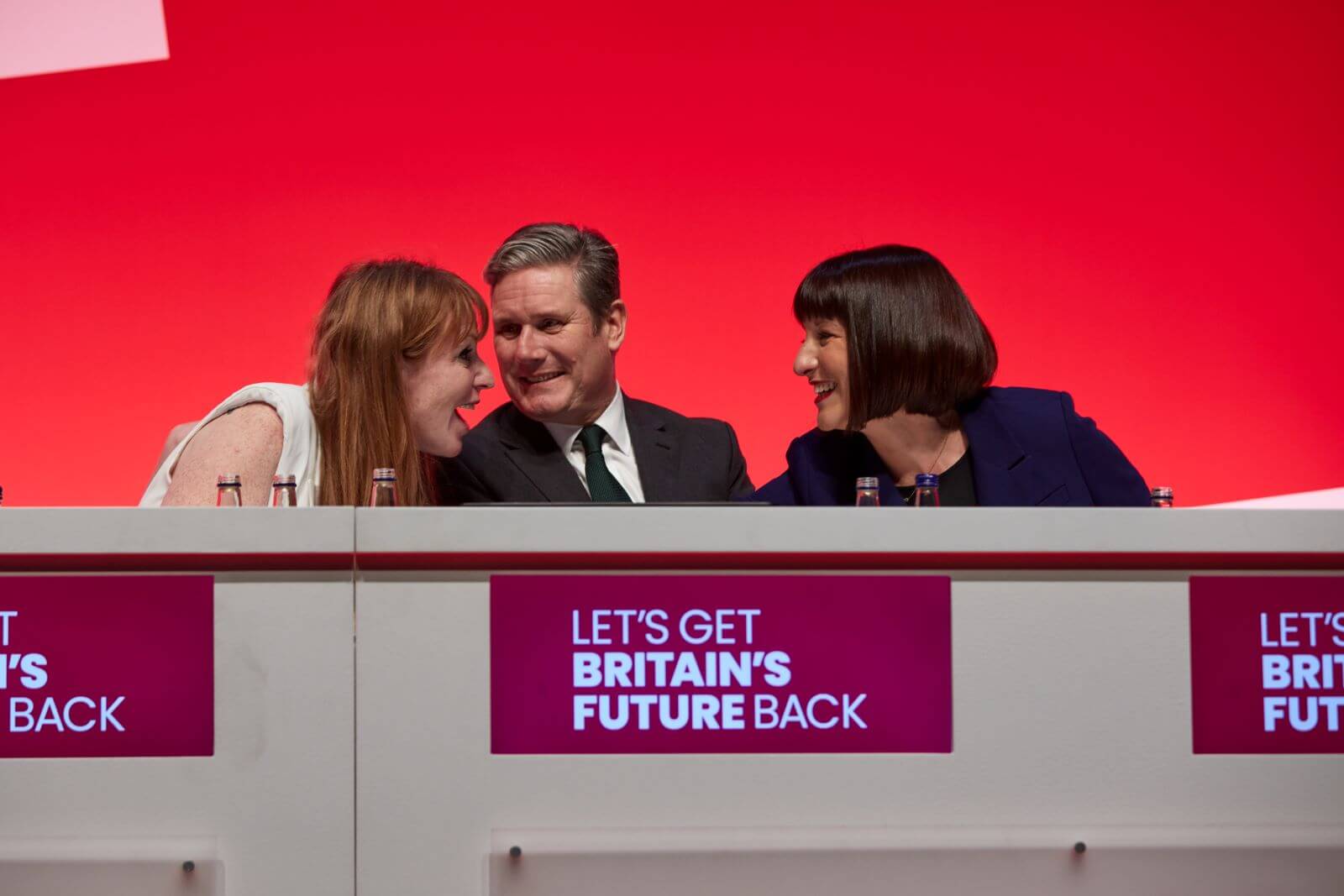
This has prompted a cautious approach among Labour leaders, wary of potential pitfalls that have historically plagued polling accuracy.
Polling History’s Errors

The UK polling industry has a history of notable errors, most memorably in 1992 and 2015, when the predicted outcomes differed significantly from the actual election results.
Conservative Upsets

In both instances, polls suggested a much closer race or even a Labour lead, ultimately resulting in Conservative victories.
“Shy Tory” Effect
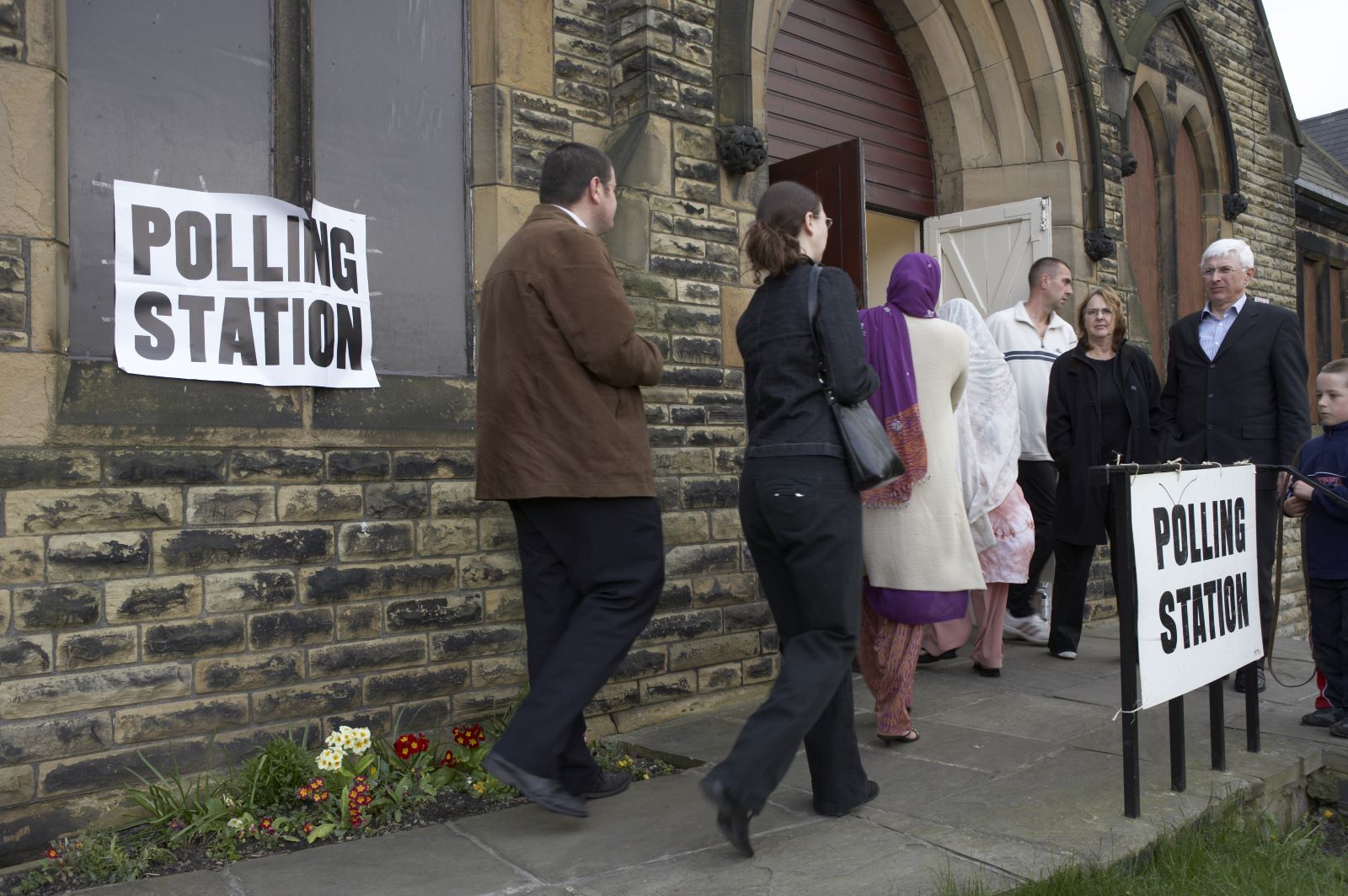
The so-called “shy Tory” effect, where Conservative voters were less likely to disclose their voting intentions, played a crucial role in these discrepancies.
Adjusted Methodologies

Polling companies have since adjusted their methodologies to better account for this phenomenon, but similar trends tend to creep up occasionally, which can seriously upset polling results.
Poll Refinements

Due to past inaccuracies, the British Polling Council has worked diligently to refine polling methodologies.
Weighted Samples

One significant change has been the introduction of weighted samples that more accurately reflect past voting behaviours and likely voter turnout.
Sampling Challenges

However, challenges persist, especially among younger men without a university degree, a historically underrepresented demographic in samples.
Capturing Sentiment

This ongoing issue raises questions about whether the current methods adequately capture the electorate’s true sentiment.
Undecided Voter Impact

A key variable in the current polling landscape is the high number of undecided voters, particularly those who supported the Conservatives in the 2019 election.
Conservative Undecideds

This group represents nearly one in five previous Conservative voters, contrasting to less than one in ten Labour voters. The way these undecided voters are allocated can significantly impact the projected outcomes.
Allocation Methods

Pollsters typically employ two methods: excluding undecided voters from the final calculations or using additional information to infer their likely voting behaviour. The choice of method can lead to considerable variations in the predicted vote shares.
Global Polling Trends
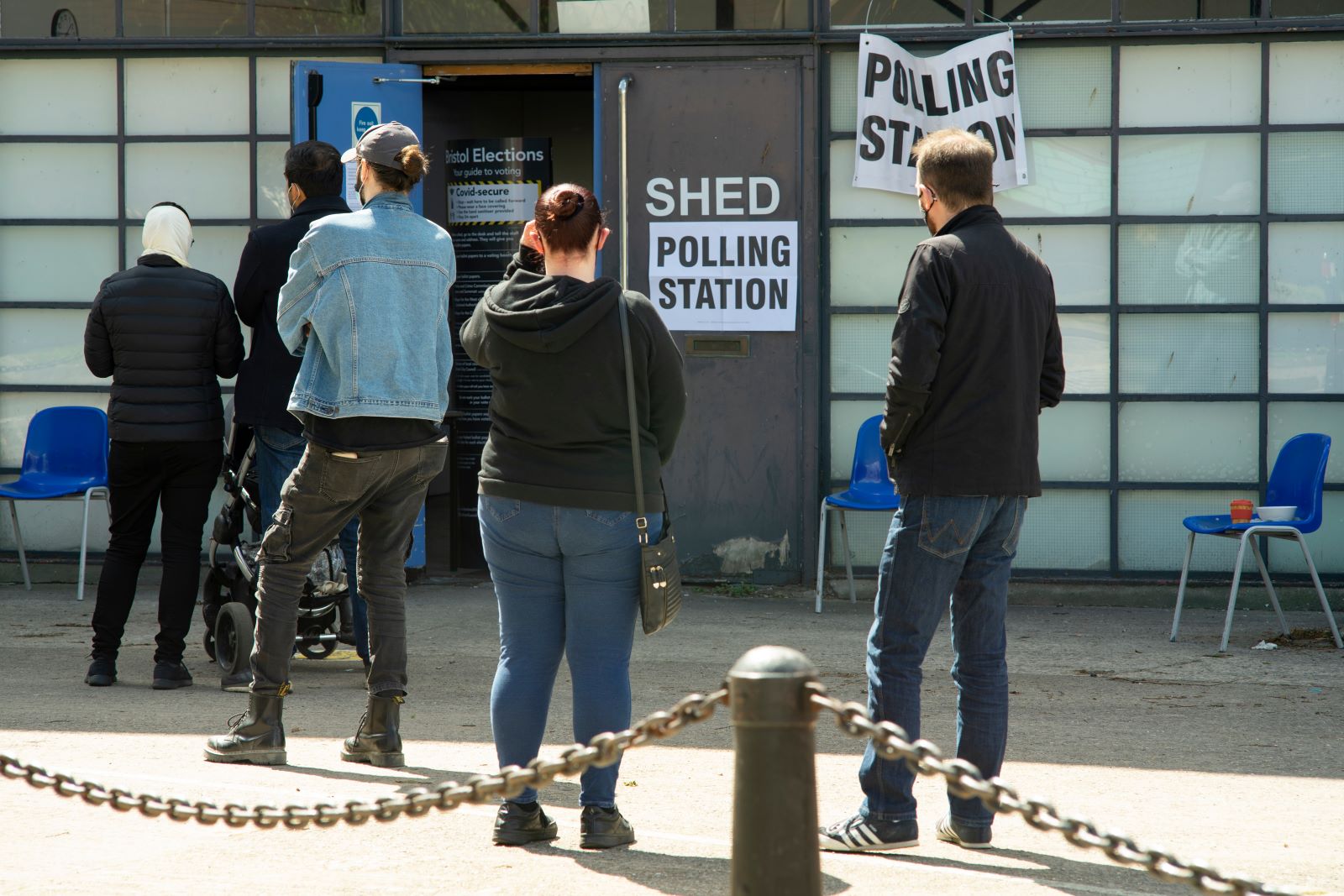
The unpredictable nature of voter behaviour is not unique to the UK. Recent elections in other countries have shown that significant shifts can occur in the final weeks of a campaign.
“Miracle” Elections
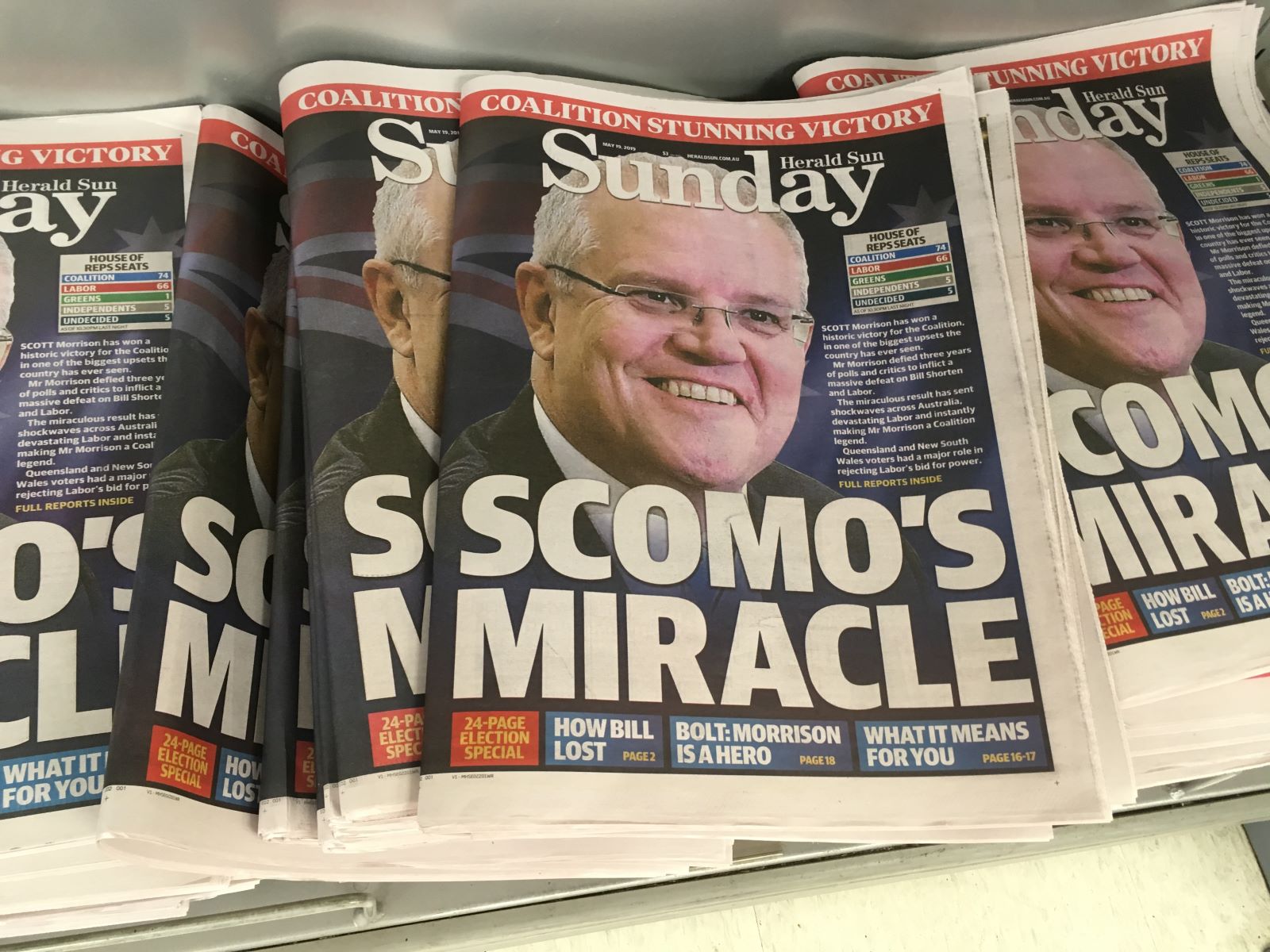
For instance, Australia’s Liberal party secured a “miracle” victory in 2019 despite trailing in the polls. To the shock of many American pollsters, Donald Trump’s unexpected triumph in the 2016 US presidential election defied almost every prediction.
Shifting Voter Focus

As the election draws closer, voters often shift from expressing general dissatisfaction with the incumbent government to considering whether they prefer the opposition. This shift in focus can lead to substantial changes in polling numbers.
Labour’s 1992 Loss
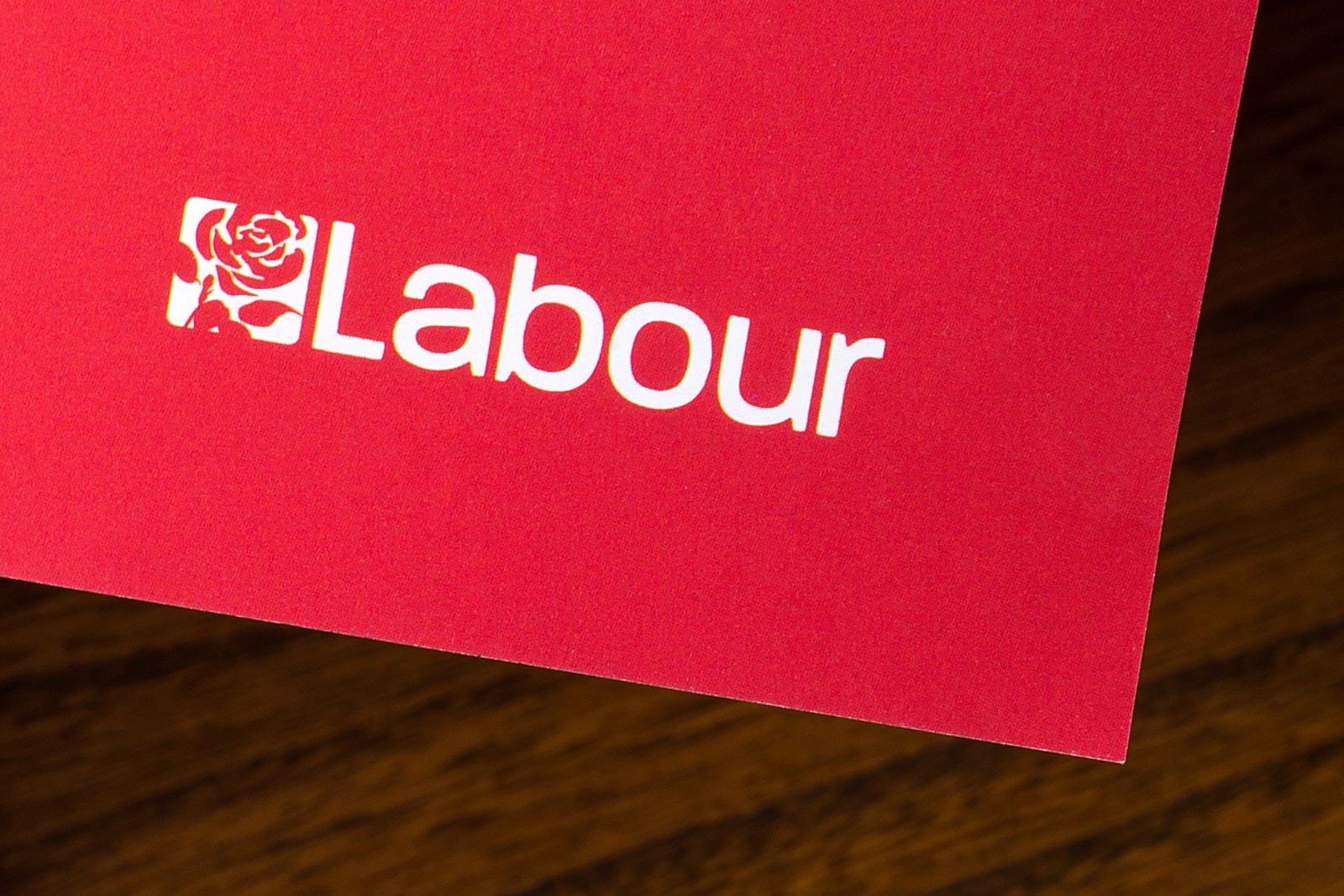
For example, in 1992, Labour’s significant lead dissipated as the campaign progressed, ultimately resulting in a Conservative victory.
2017 Erosion
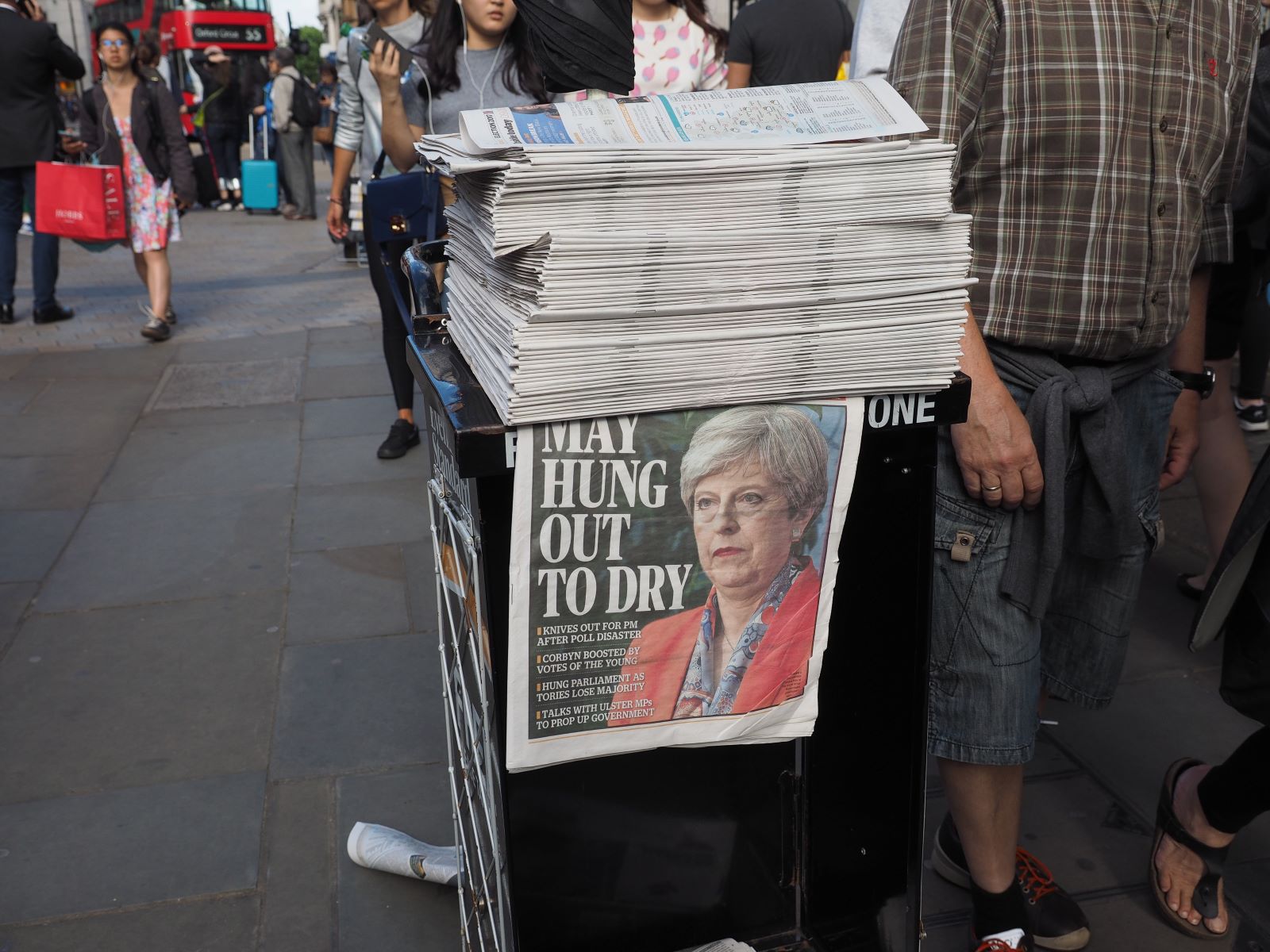
Similarly, in the 2017 UK general election, Theresa May’s initial strong polling advantage eroded during the campaign, leading to a hung parliament.
Complacency Dangers
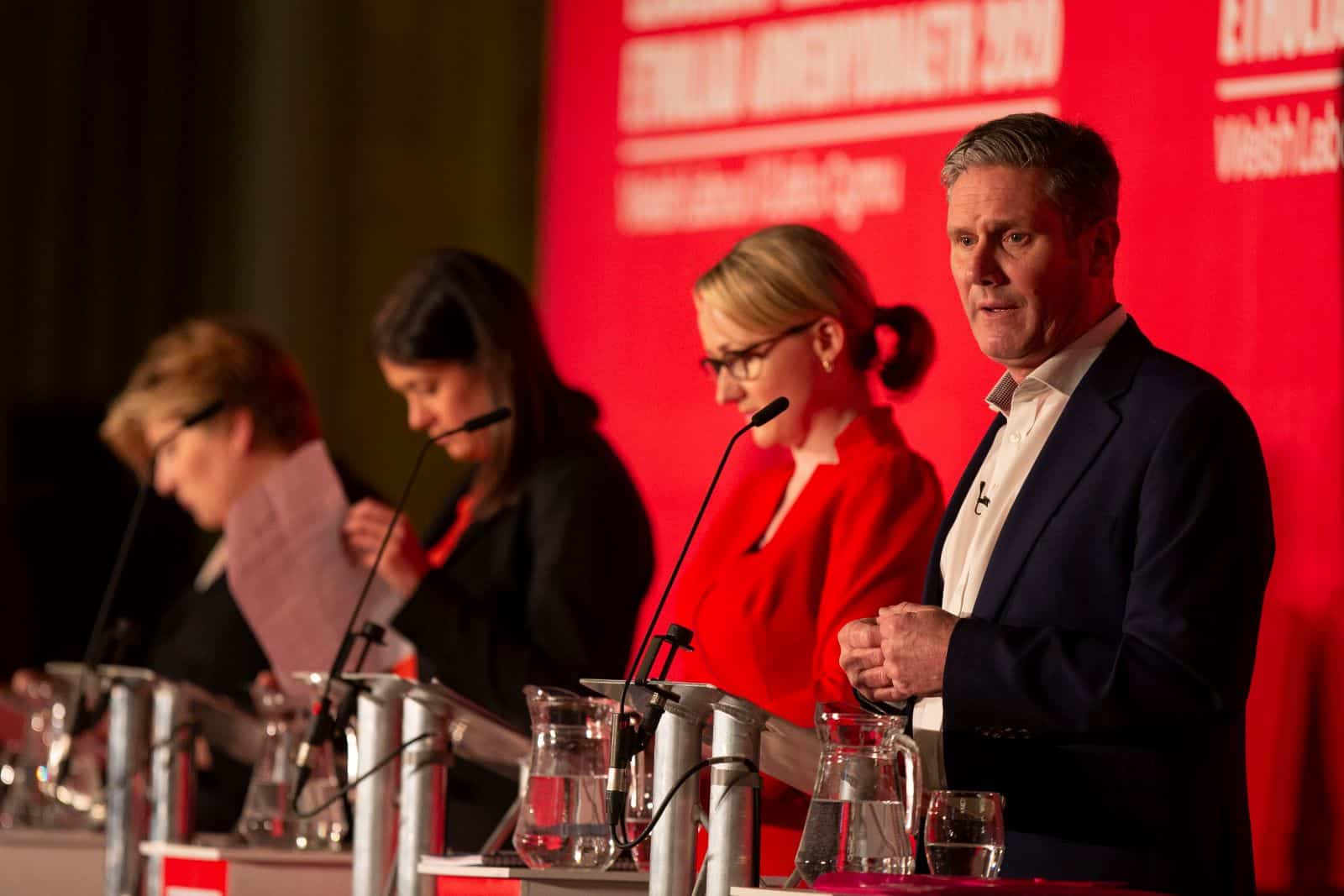
Labour’s leadership is acutely aware of the dangers of complacency, especially given the history of polling errors.
McSweeney’s Warning

Morgan McSweeney, Labour’s director of campaigns, has cautioned against taking the current leads for granted.
Historical Lessons

He has reminded the shadow cabinet of past elections where early leads evaporated as the election date approached.
Polling Fallibility
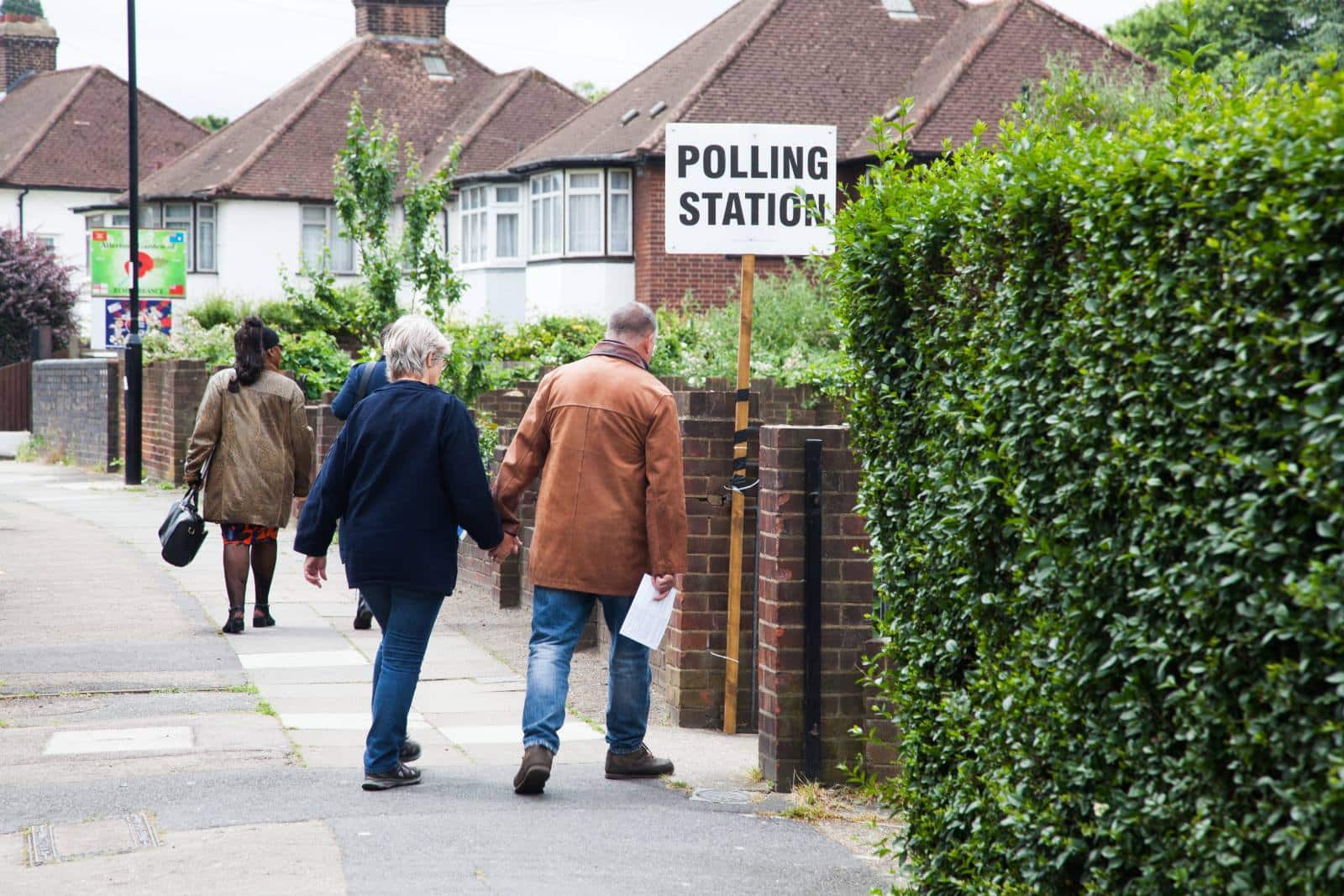
McSweeney’s briefing of the shadow cabinet included a stark yet straightforward warning: “Polls do not predict the future. Nobody has voted in the general election.”
Campaigning Risks

As Labour continues its campaign up and down the country, the party is at great risk of appearing complacent or taking voters for granted, given its high polling numbers.
Polling Mistakes

While current polling suggests a strong position for Labour, past polling mistakes are a stark reminder that polls are not infallible predictors of election outcomes.
Political Uncertainty
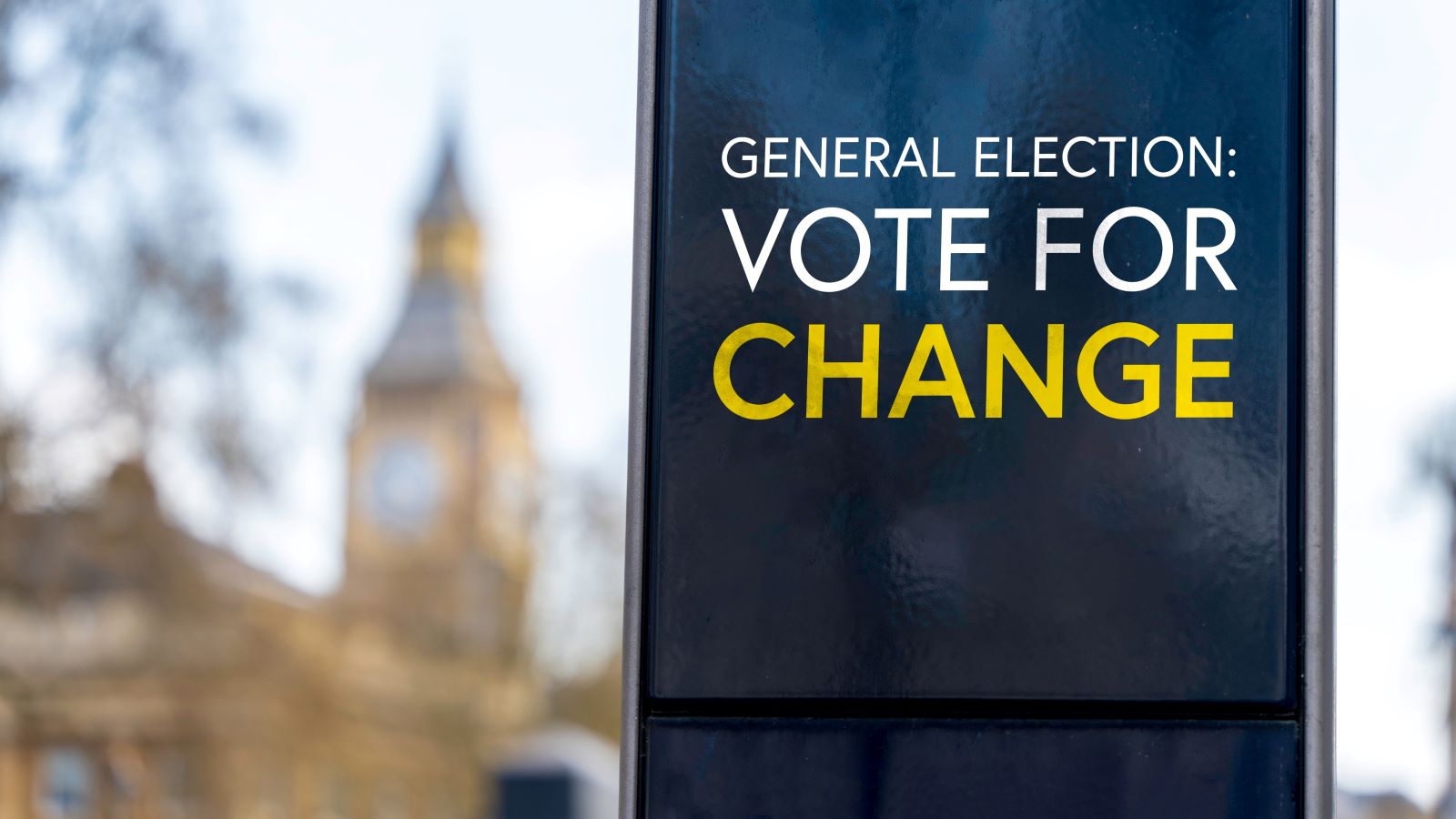
As the election draws closer, Labour would do well to remember the old phrase: “A week is a long time in politics.”
Risk of Complacency

It remains to be seen if their dominant position in the polls will lead Labour into a false sense of security and, if so, what that might mean for their electoral chances.
The post Can We Rely on Labour’s Polling Lead Given Historical Inaccuracies? first appeared on Now Buzz.
Featured Image Credit: Shutterstock / Martin Suker.

